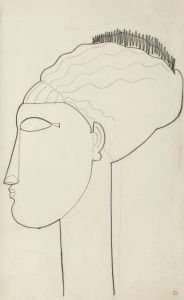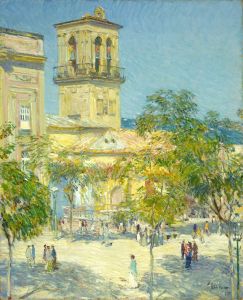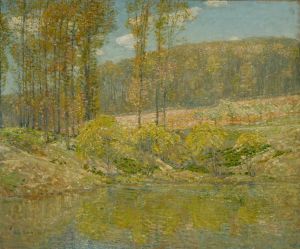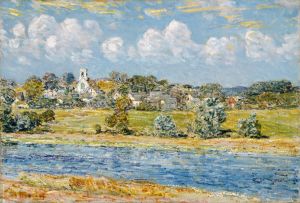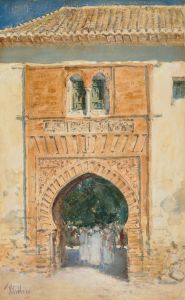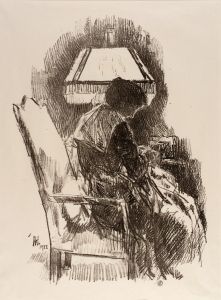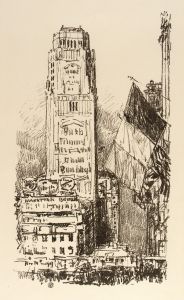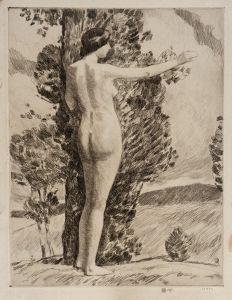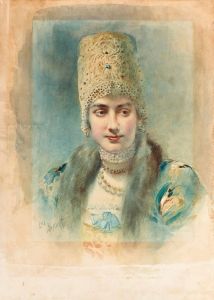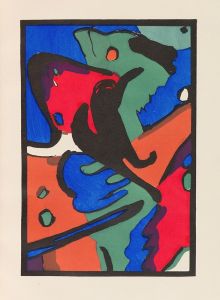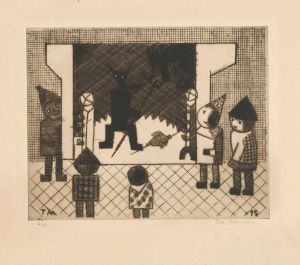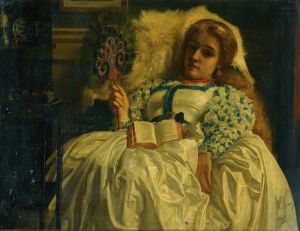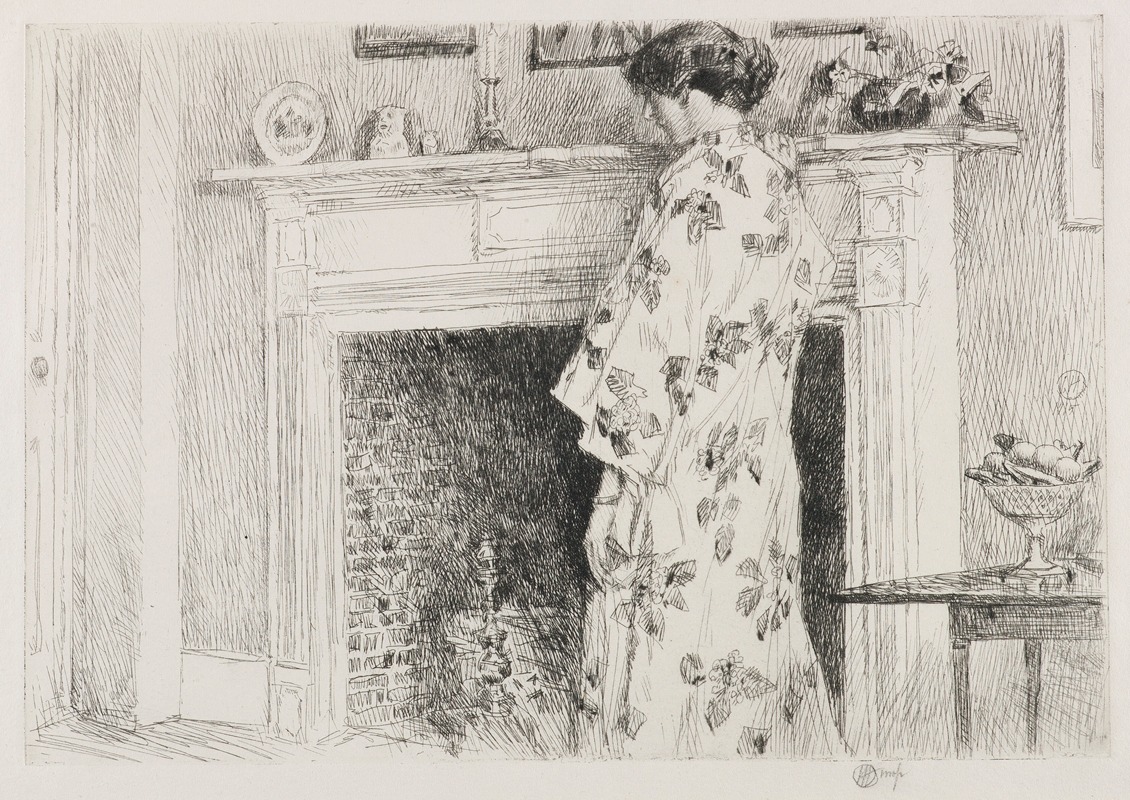
The White Kimono
A hand-painted replica of Childe Hassam’s masterpiece The White Kimono, meticulously crafted by professional artists to capture the true essence of the original. Each piece is created with museum-quality canvas and rare mineral pigments, carefully painted by experienced artists with delicate brushstrokes and rich, layered colors to perfectly recreate the texture of the original artwork. Unlike machine-printed reproductions, this hand-painted version brings the painting to life, infused with the artist’s emotions and skill in every stroke. Whether for personal collection or home decoration, it instantly elevates the artistic atmosphere of any space.
"The White Kimono" is a painting by the American Impressionist artist Childe Hassam, created in 1894. Hassam, born Frederick Childe Hassam on October 17, 1859, in Dorchester, Massachusetts, was a prominent figure in the American Impressionist movement. He is best known for his urban and coastal scenes, capturing the light and atmosphere of his subjects with a distinctive style.
"The White Kimono" depicts a woman dressed in a white kimono, a traditional Japanese garment, which reflects the influence of Japonisme—a trend that swept through Western art in the late 19th and early 20th centuries. This movement was characterized by the incorporation of Japanese aesthetics, techniques, and themes into Western art. Hassam, like many of his contemporaries, was inspired by Japanese art, which is evident in the composition and subject matter of this painting.
In the painting, the woman is seated in an interior setting, possibly a domestic space, which is suggested by the presence of furniture and other decorative elements. The white kimono she wears is adorned with delicate patterns, and the artist's attention to detail is evident in the rendering of the fabric and its folds. The use of light and shadow in the painting highlights the texture of the kimono and adds depth to the scene.
Hassam's brushwork in "The White Kimono" is loose and fluid, characteristic of the Impressionist style. He employs a palette of soft, muted colors, which creates a serene and contemplative mood. The background of the painting is relatively simple, allowing the figure of the woman and her kimono to be the focal points of the composition.
The painting reflects Hassam's interest in capturing the everyday moments of life, as well as his fascination with the interplay of light and color. "The White Kimono" is a testament to his skill in portraying the subtleties of light and texture, as well as his ability to convey a sense of tranquility and introspection.
Childe Hassam's work, including "The White Kimono," has been widely exhibited and is held in numerous public and private collections. His contributions to American art have been recognized for their significance in the development of the Impressionist movement in the United States. Hassam continued to paint and exhibit his work until his death on August 27, 1935, in East Hampton, New York.
"The White Kimono" remains an important example of Hassam's oeuvre, showcasing his ability to blend Western and Eastern artistic influences and his mastery of the Impressionist technique. The painting continues to be appreciated for its beauty and the insight it provides into the cultural exchanges that shaped the art of the late 19th century.





